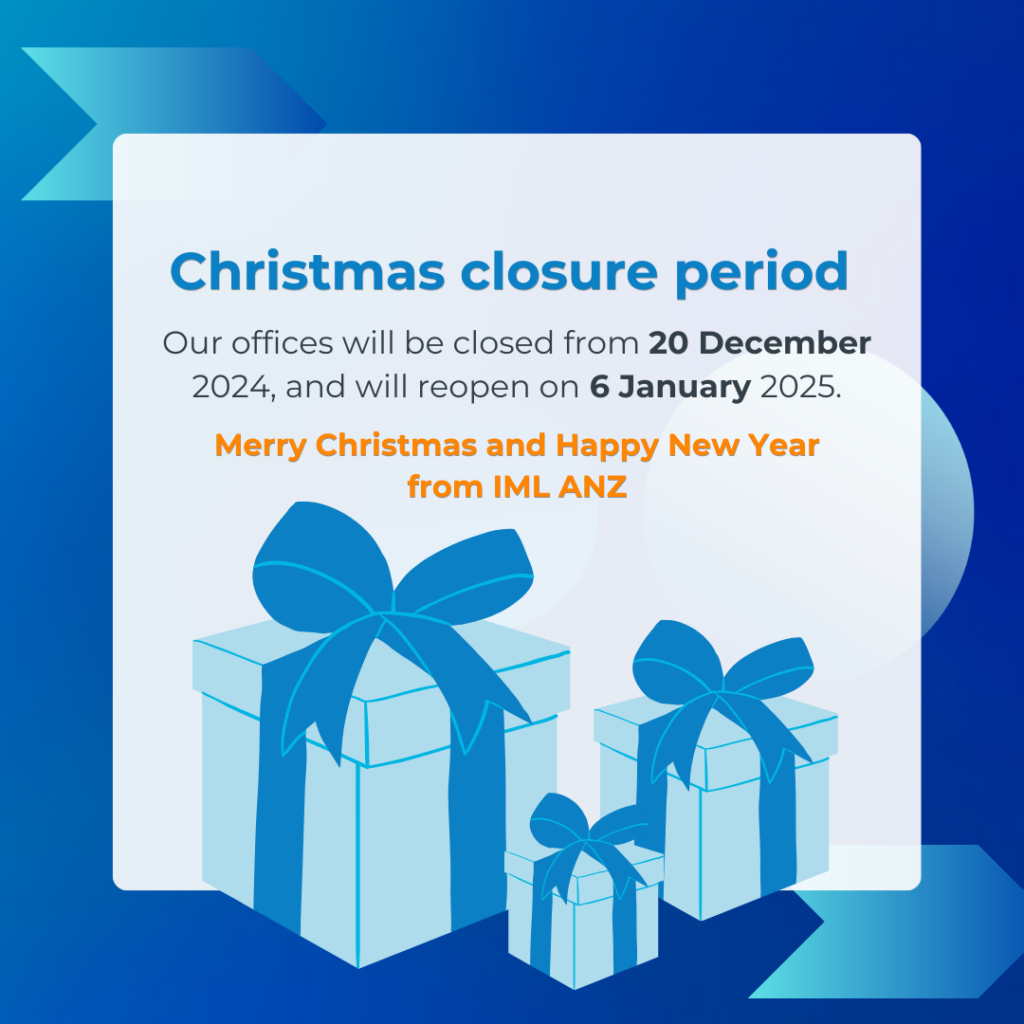We should all expect to go through upheavals during our working lives, which is all the more reason to become competent at dealing with it. By Professor Danny Samson FIML
Organisational change is hard and often unsuccessful because even seasoned managers can fall prone to underestimating organisational inertia. We often insufficiently attend to the concerns employees have about change, principally what will happen to them. Yet in these highly turbulent times, surely change management should be a core capability of every competent leader and every organisation that wants to sustain its survival and prosperity. So, what works and what are the pitfalls?
When change is radical, being “Big C” change as against incremental in nature, then the stakes and the risks are commensurately higher. By radical or Big C change, we refer to large transformations or makeovers, whether they are of culture, structure, size, technology, location, product range, distribution channel or any other core element of an organisation.
With radical change in particular, it’s critical to have a strong and compelling vision that motivates and justifies the change. Otherwise, when the going gets tough (and it will), the doubters will emerge and get a strong voice.
The next step is communicate comprehensively the necessity of such a change. Deal openly with the naysayers, and get quickly into the implementation phase. This brings us to the crucial and proven element of successful implementation of major change: create a solid project plan and drive it with tough, hard accountabilities expected from all participants. The project plan is the guiding ‘change map’ that overcomes the chaos that would otherwise result.
Otherwise we’re asking for chaos through ‘ad hockery’. If difficult decisions need to be implemented, such as downsizing and redundancies, then these need to be anticipated as part of the plan, and implemented in a thoroughly professional and precise manner. All employees will want to know their future, so the sooner this can be resolved, the better.
Successful change management is planned and executed in a fast and decisive manner so that the organisation can settle and stabilise.
This approach works much better than the “death by a thousand cuts” approach of multiple incremental steps in an attempt to get to the same end point. I saw this major contrast in New Zealand when both their Post and Telecom businesses were going through major restructuring and downsizing, with one doing a radical change process and the other announcing a five-year downsizing process.
NZ Post was successful in doing it fast and hard, then rebuilding its systems and culture, introducing new technology and renewing almost every aspect of its operations and service levels.

“It’s critical to have a strong and compelling vision that motivates and justifies the change.” – Professor Danny Samson
Similarly, when I served on the board of the TAC (Transport Accident Commission) in Victoria, we chose to implement new e-business technologies, even though it meant that many jobs would change and some would disappear in our pursuit of higher levels of productivity and client service.
Perhaps the hardest thing to change in an organisation is people’s behaviour and culture. As a young engineer (many years ago) working at ICI in Sydney, I was amazed at the negativity of the industrial culture, and the gulf in attitude between managers and the workforce, along with the many insipid managerial attempts to chip away incrementally at the unproductive culture there.
Finally, with necessity being the mother of invention, the need for radical change was realised. A new site manager was brought in to overcome the deeply resistant and negative situation that had built up over decades. He brought sincere, yet firm, intentions, restructuring the workplace arrangements very substantially, enduring personal threats from militant resistors.
When the going got tough during a six-week strike he even had to deal with second thoughts from head office, which was ready to buckle on some of the core issues. He showed a huge amount of personal courage to see through the changes and implement the visionary plan to bring the company out of the industrial dark ages.
Executing radical change needs a vision and a plan, and the ability to demonstrate and communicate benefits of change to the business the. But tying it all together is the leadership team with the determination — let’s call it the stiff backbone — to see the journey through.



